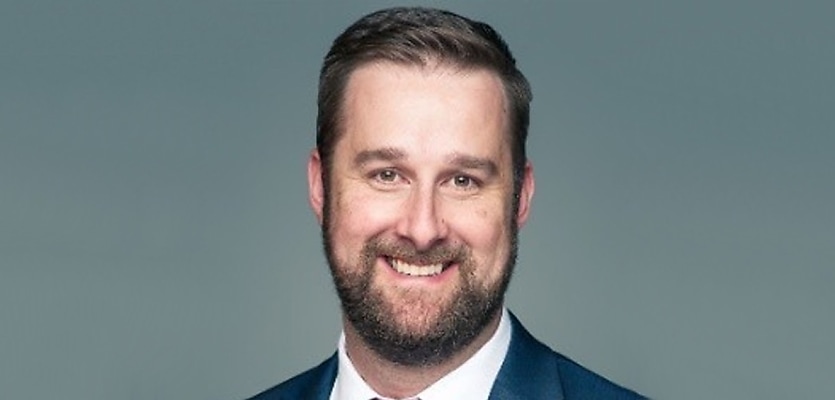With the sector experiencing significant growth, buyers looking for long-term stability have been finding rewarding yields in childcare assets.
Cushman & Wakefield reports that federal funding, population increases and rising childcare participation rates have coalesced to put more demand on the sector than ever before. As a result, the niche facilities to house these important services are becoming more highly prized.
According to Cushman & Wakefield’s latest Australian Property Insights report, both population growth and an increase in dual income households – the latter likely driven by cost-of-living pressures – have caused demand for caring services to skyrocket off the back of an already limited supply of places.
The pressures on the sector pushed state and federal governments to increase their funding, with subsidies for households and increased wages for childcare workers implemented in recent years. High quality education and financial support have subsequently caused even more Australians to put their children into care, further contributing to demand.
The ever-increasing need for childcare is what caused Jake McKinnon, Cushman & Wakefield’s national research manager and author of the report, to characterise the sector as being in a “growth phase”, noting that it offers a level of relative stability for investors despite the current economic uncertainty.
“This government backing is a cornerstone of the sector’s growth and provides a stable foundation for its future development,” said McKinnon.
“Despite the current interest rate environment, childcare yields have remained relatively stable with only a slight decompression, considerably less than some other sectors.”
“This resilience underscores the essential nature of childcare services and the robust demand that underpins the sector. Investors continue to view childcare as a stable and secure investment, which is crucial in times of economic uncertainty,” he commented.
McKinnon said that even as economic factors change in the coming years and Australians reconsider their income needs, demand in the sector is expected to remain robust.
“The number of children, hours attended, and the participation rate in childcare continue to increase year-on-year. This consistent growth is a clear indicator of the sector’s vitality and the increasing reliance of families on these services. The growth in dual working parents reflects both the rising need for dual-income households and the societal recognition of the importance of early childhood education,” he said.
ABOUT THE AUTHOR
Juliet Helmke
Based in Sydney, Juliet Helmke has a broad range of reporting and editorial experience across the areas of business, technology, entertainment and the arts. She was formerly Senior Editor at The New York Observer.

Never miss a beat with
Stay across what’s happening in the Australian commercial property market by signing up to receive industry-specific news and policy alerts, agency updates, and insights from reb.
Subscribe to reb Commercial:









You are not authorised to post comments.
Comments will undergo moderation before they get published.